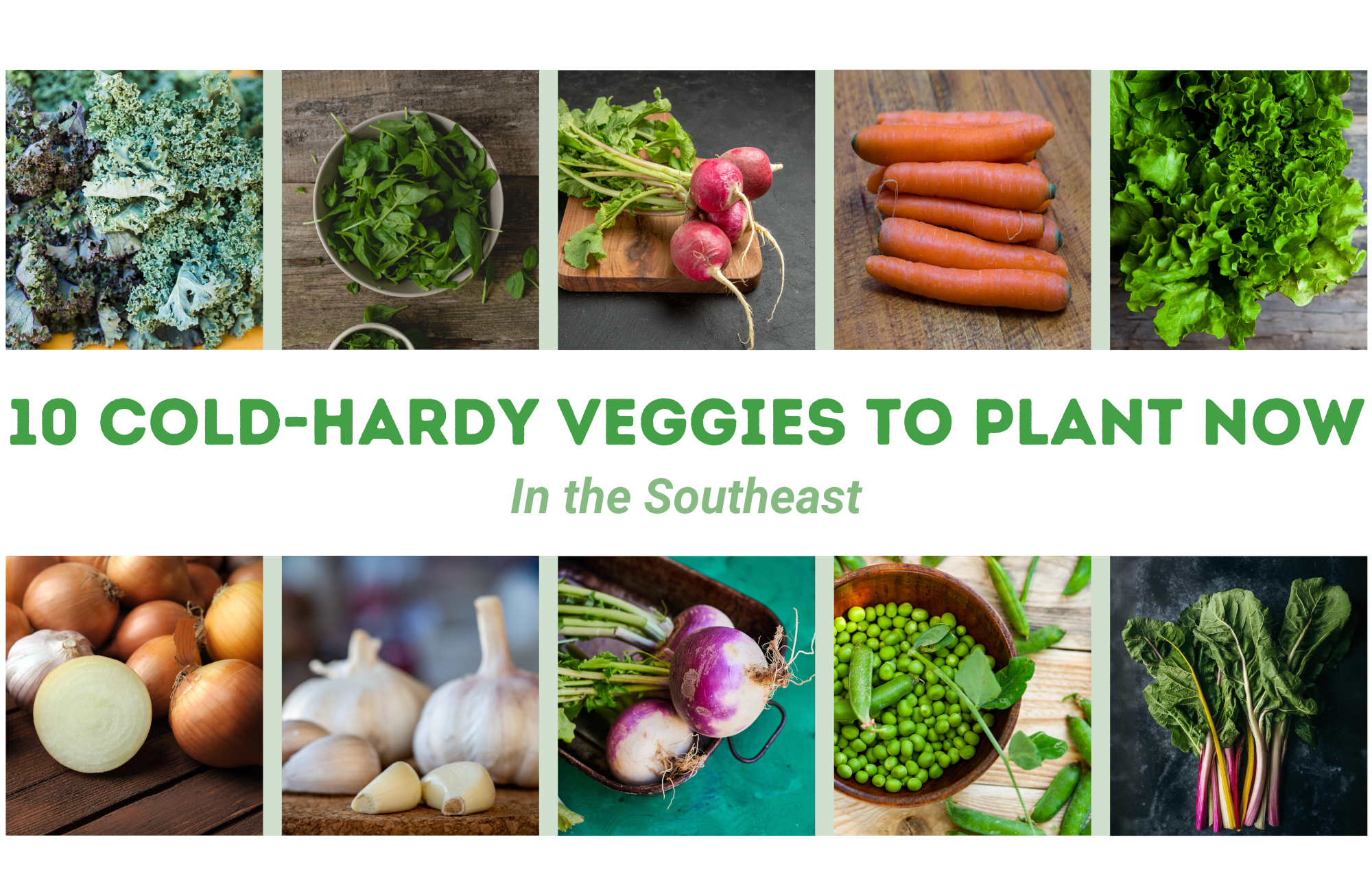Think you need to wait until spring to start your garden? Think again! Here in the Southeastern US, our mild winters give us the opportunity to grow delicious, fresh vegetables all year round. And let’s be honest, there’s something extra satisfying about harvesting your own food when there’s a chill in the air. So, grab your gardening gloves and let’s get planting!
Why Cold-Hardy Veggies?
Cold-hardy vegetables are a special group of plants that can handle chilly temperatures and even a touch of frost. These tough veggies are perfect for planting in the fall and winter, allowing you to extend your growing season and enjoy homegrown goodness even when the weather isn’t exactly balmy. Use the Planter App to identify cold hardy veggies that can handle a light frost or in some cases even a freeze!
Our Top 10 Picks for Your Winter Garden
Kale
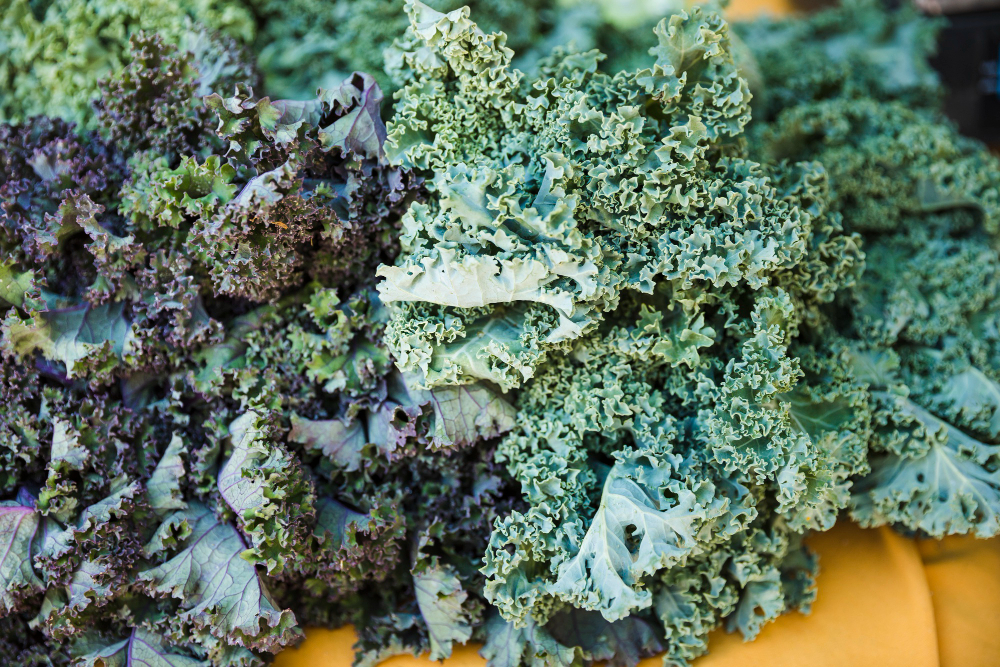
This leafy green superstar is packed with nutrients and comes in a variety of colors and textures. Kale prefers well-drained soil and a spot with plenty of sunshine. Give it regular waterings, and you’ll be enjoying delicious salads and smoothies all winter long.
Varieties: ‘Lacinato’ (Dinosaur Kale): This variety has dark blue-green leaves with a savoyed (ruffled) texture. It’s known for its slightly sweeter flavor compared to other kales.
‘Red Russian’ Kale: This variety has red stems and purplish-green leaves with a milder, sweeter flavor. It’s also very ornamental!
‘Winterbor’ Kale: This variety is extremely cold-hardy, as the name suggests, and can tolerate temperatures down to -10°F. It has a slightly sweeter and more tender texture than other kales.
Spinach
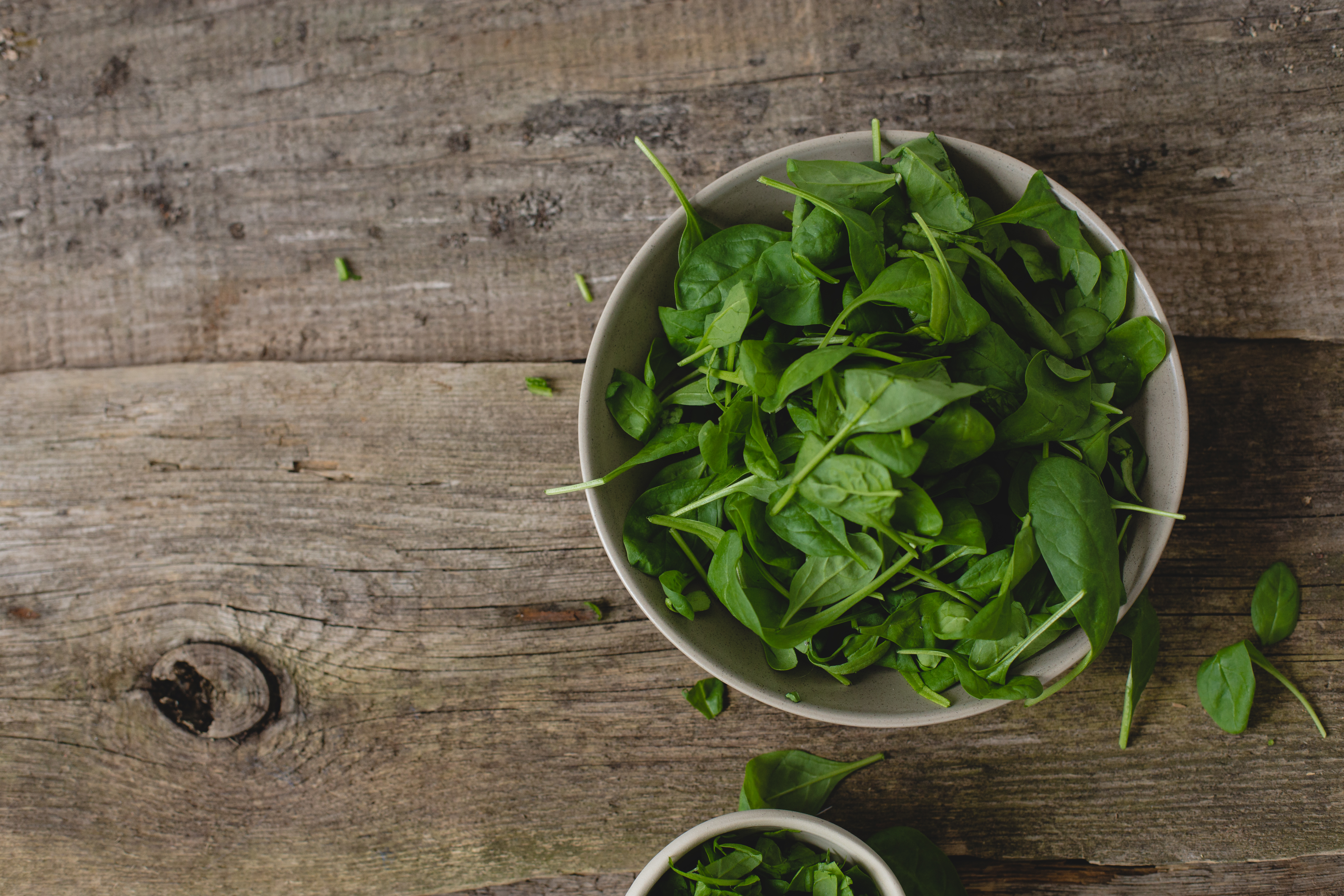
Another nutritional powerhouse, spinach is a fast-growing cool-season crop. Like kale, it prefers full sun and well-drained soil. You can start harvesting baby spinach leaves in just a few weeks!
Varieties:
‘Bloomsdale Long Standing’ Spinach: A classic variety that’s slow to bolt (go to seed) and produces large, dark green leaves.
‘Space’ Spinach: This variety is resistant to downy mildew and produces baby spinach leaves that are perfect for salads.
‘Tyee’ Spinach: This variety is known for its high yields and resistance to bolting, making it a great choice for the Southeast.
Radishes
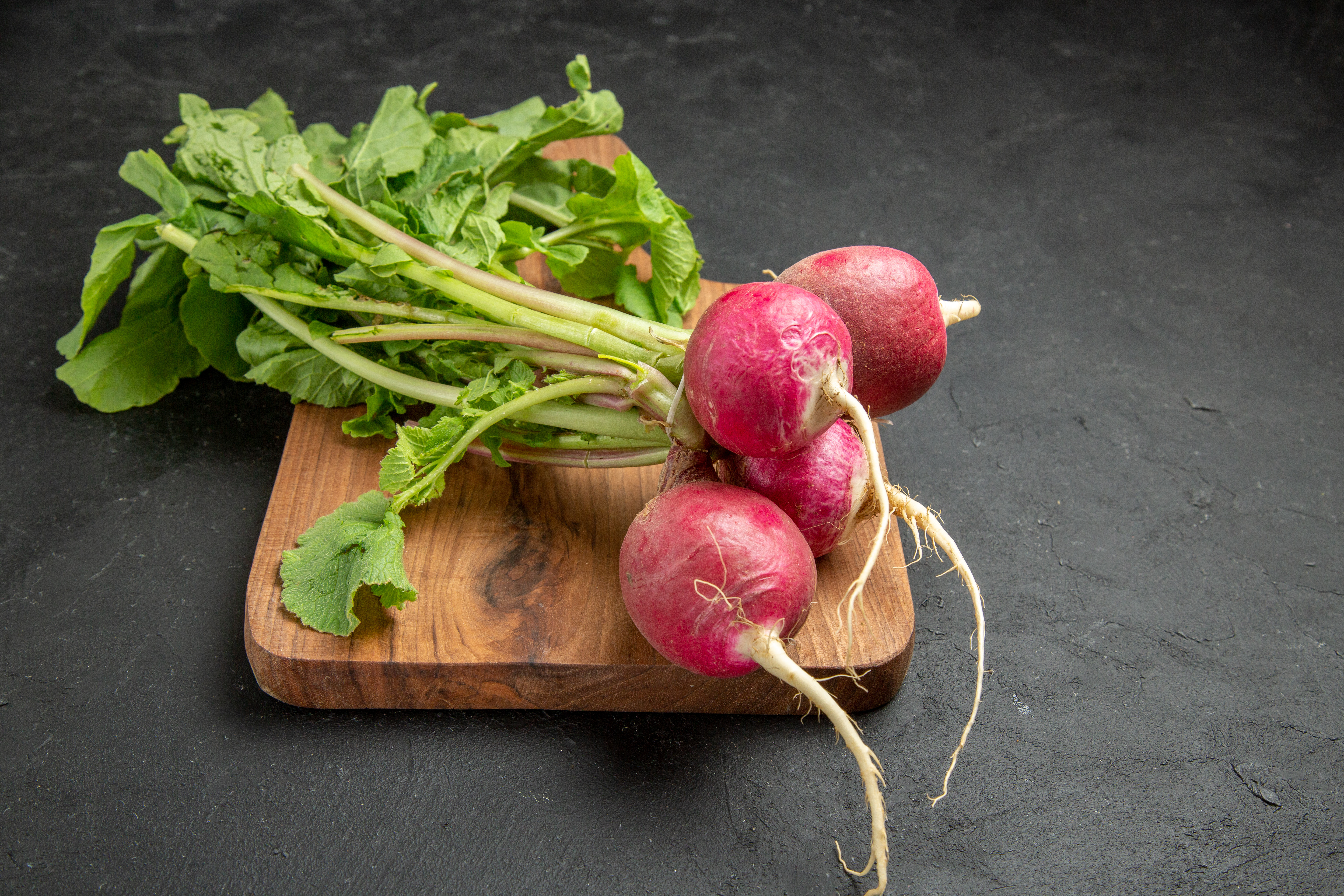
These little root vegetables are super easy to grow and add a peppery crunch to salads and sandwiches. Radishes prefer loose, sandy soil and mature in about a month.
Varieties:
‘Cherry Belle’ Radish: A popular variety that matures quickly (in about 22 days) and produces round, red roots with a crisp texture and mild flavor.
‘French Breakfast’ Radish: This variety has elongated, red roots with white tips and a slightly spicy flavor.
‘White Icicle’ Radish: This variety has long, white roots with a crisp texture and mild flavor. It’s also slower to bolt than other radishes.
Carrots
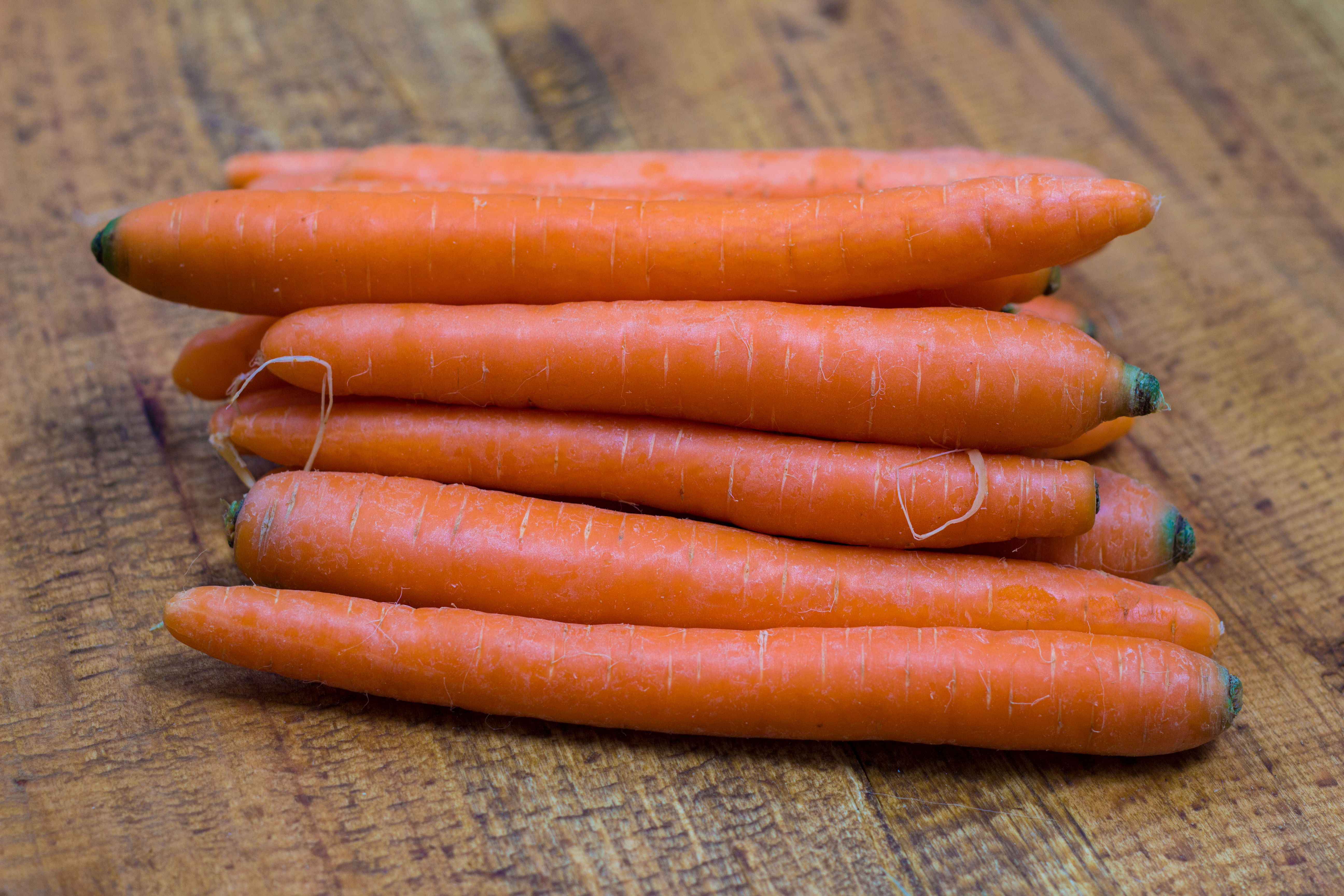
Believe it or not, carrots actually sweeten in flavor when grown in cool weather. Choose a variety with short roots for best results in the winter garden. Make sure your soil is loose and free of rocks to allow for proper root development.
Varieties:
‘Danvers Half Long’ Carrot: A classic variety that’s well-suited for heavy soils and produces medium-length, sweet roots.
‘Little Finger’ Carrot: This variety is perfect for the Southeast’s shorter growing season, as it matures quickly and produces small, tender roots.
‘Paris Market’ Carrot: This variety produces round, bite-sized roots that are perfect for snacking or roasting.
Lettuce
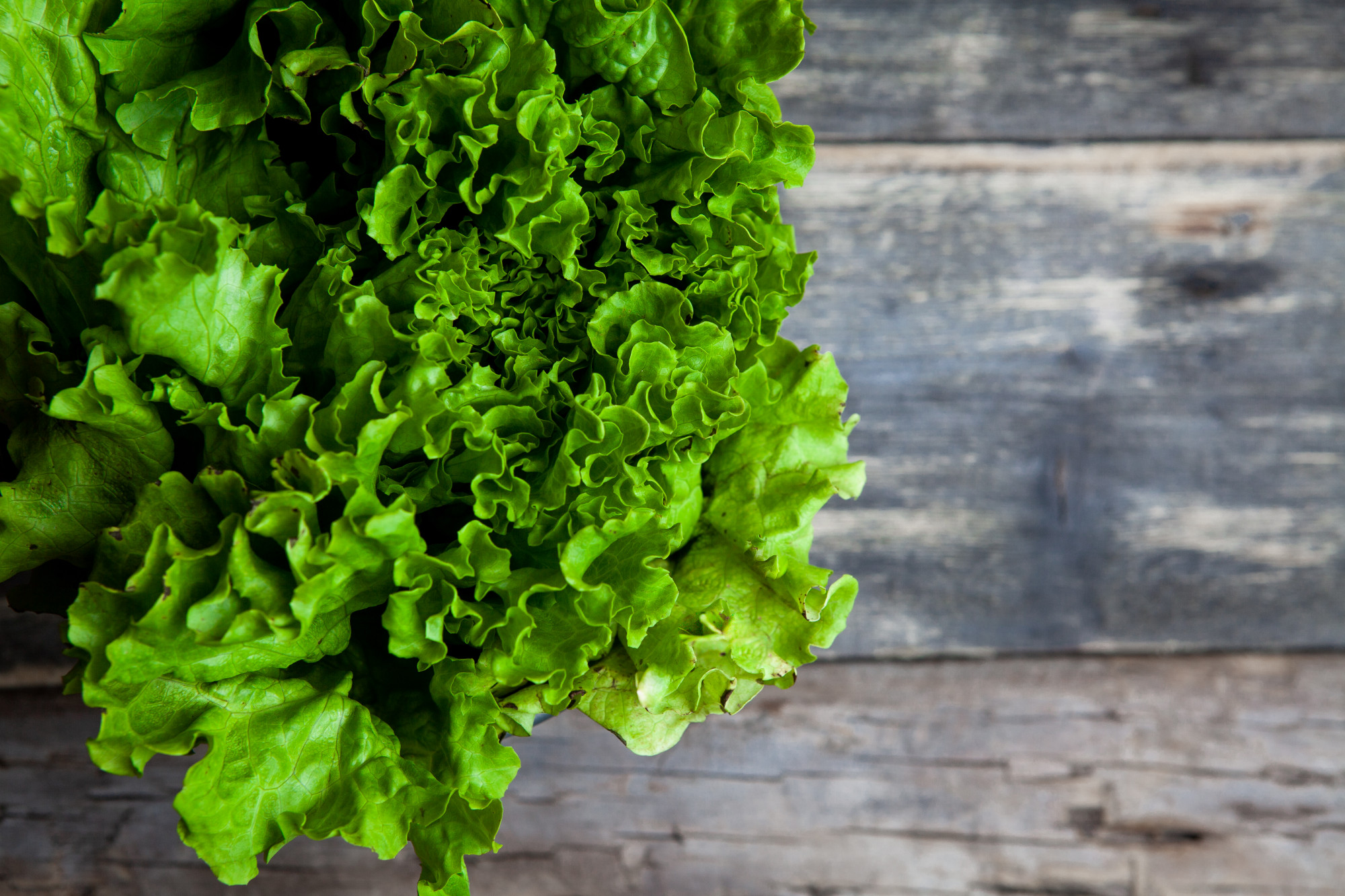
Enjoy fresh salads all winter long by planting cold-hardy lettuce varieties. Loose-leaf lettuce is a great option for beginners, as it can be harvested continuously. Provide your lettuce with partial shade and consistent moisture.
Varieties:
‘Black Seeded Simpson’ Lettuce: A popular loose-leaf variety with bright green, ruffled leaves and a mild flavor.
‘Winter Density’ Lettuce: This romaine lettuce variety is cold-hardy and can tolerate some frost. It has crisp, dark green leaves.
‘Red Sails’ Lettuce: This loose-leaf variety has beautiful red leaves with a mild flavor and adds a pop of color to salads.
Onions
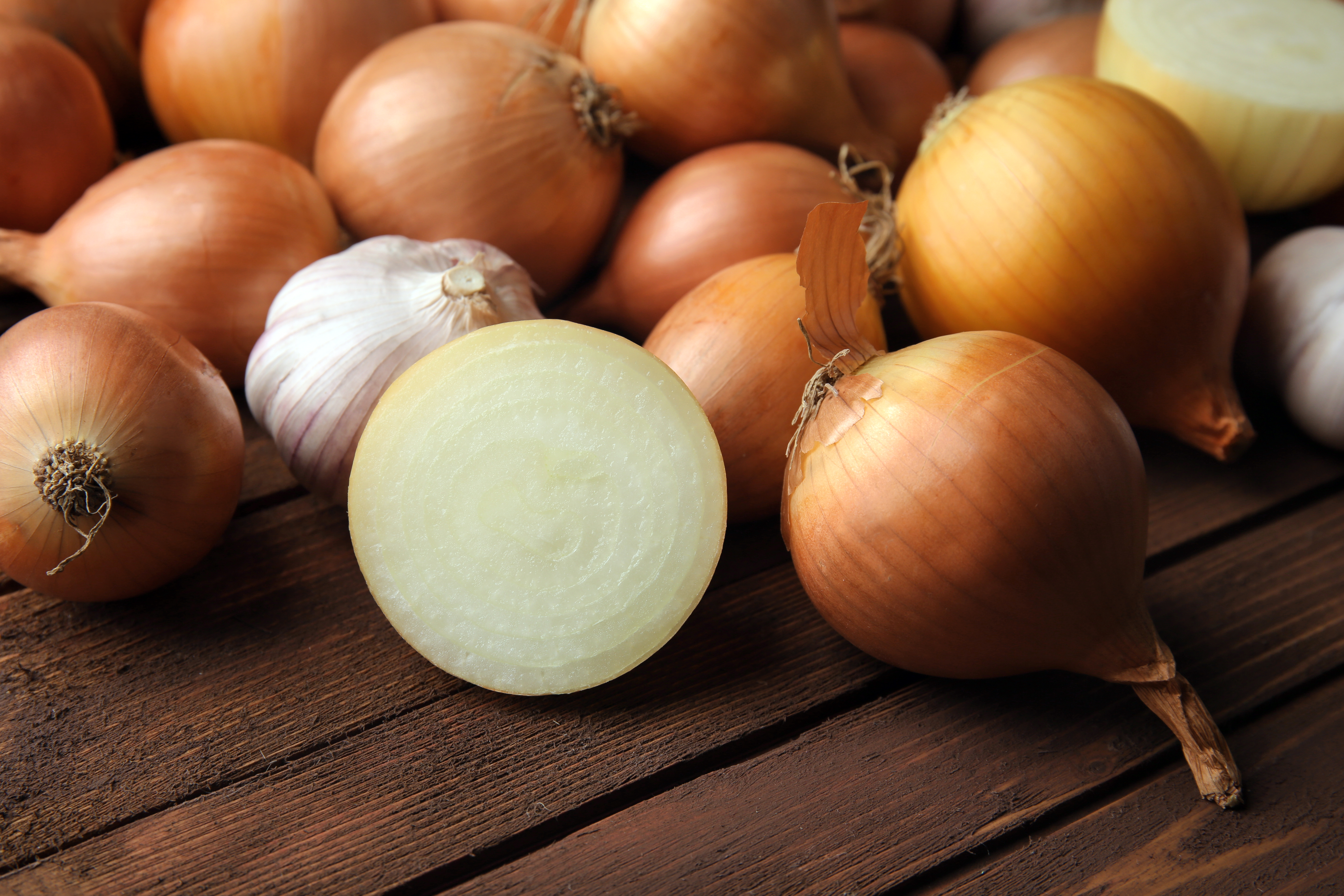
Onions are a kitchen staple, and many varieties can be planted in the fall for a spring harvest. Choose onion sets or transplants for easiest planting. Onions need full sun and well-drained soil. Short-day onions grow best in mild winter climates, such as zone 7 or warmer.
Varieties:
‘Yellow Granex’ Onion (Vidalia): This variety is a favorite in the Southeast and produces large, sweet onions.
‘Red Creole’ Onion: This variety is known for its pungent flavor and beautiful red color.
‘White Bermuda’ Onion: This variety produces large, mild onions that are great for slicing.
Garlic
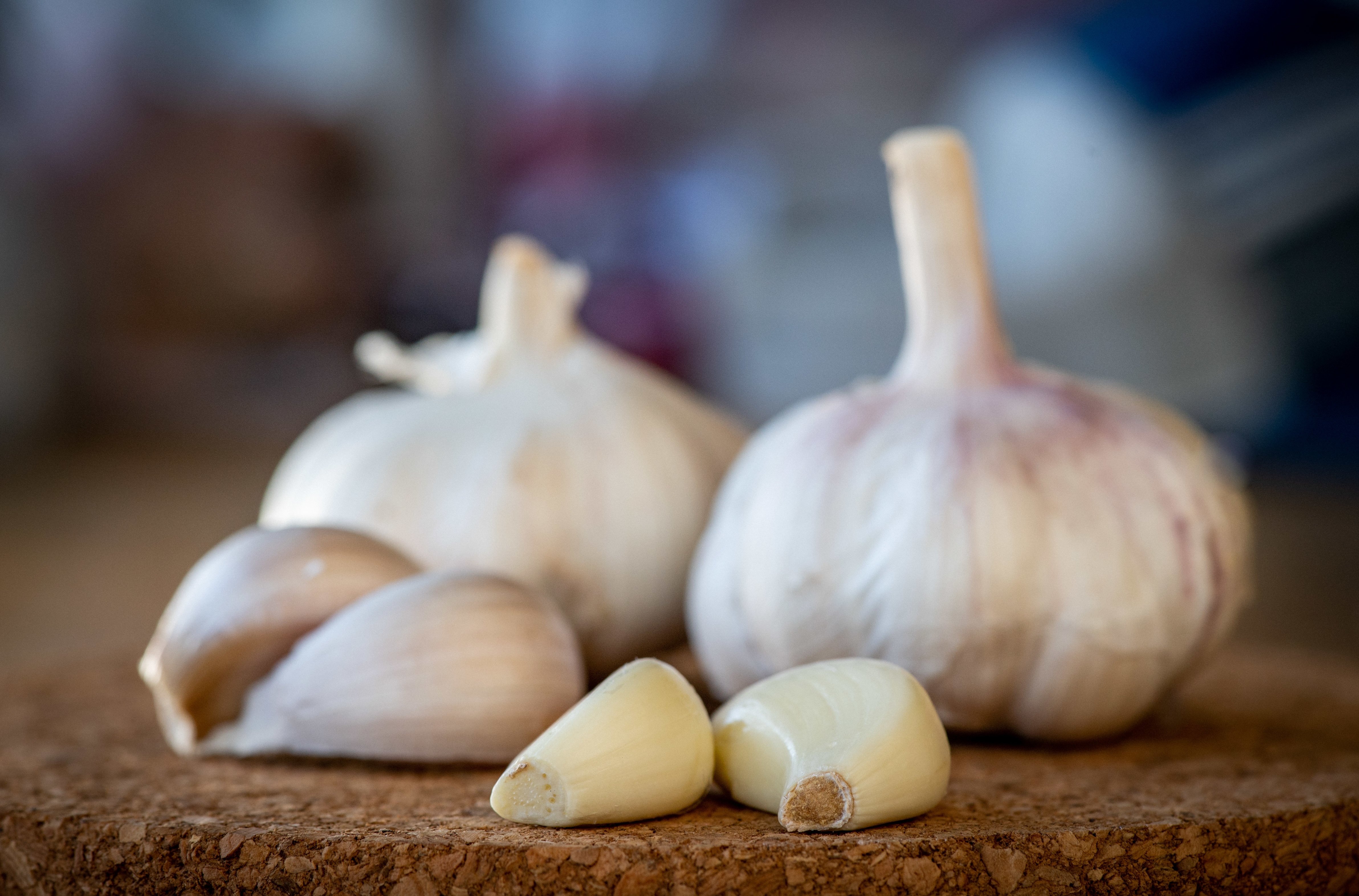
Plant garlic cloves in the fall, and you’ll be rewarded with flavorful bulbs in the spring. Garlic prefers full sun and well-drained soil. Don’t forget to mulch around your garlic plants to help retain moisture and suppress weeds.
Varieties:
‘Silverskin’ Garlic: This softneck variety is well-suited for the Southeast and produces large bulbs with a strong flavor.
‘Inchelium Red’ Garlic: This hardneck variety is known for its rich, complex flavor and beautiful purple stripes.
‘Spanish Roja’ Garlic: This hardneck variety is known for its robust flavor and long storage life.
Turnips
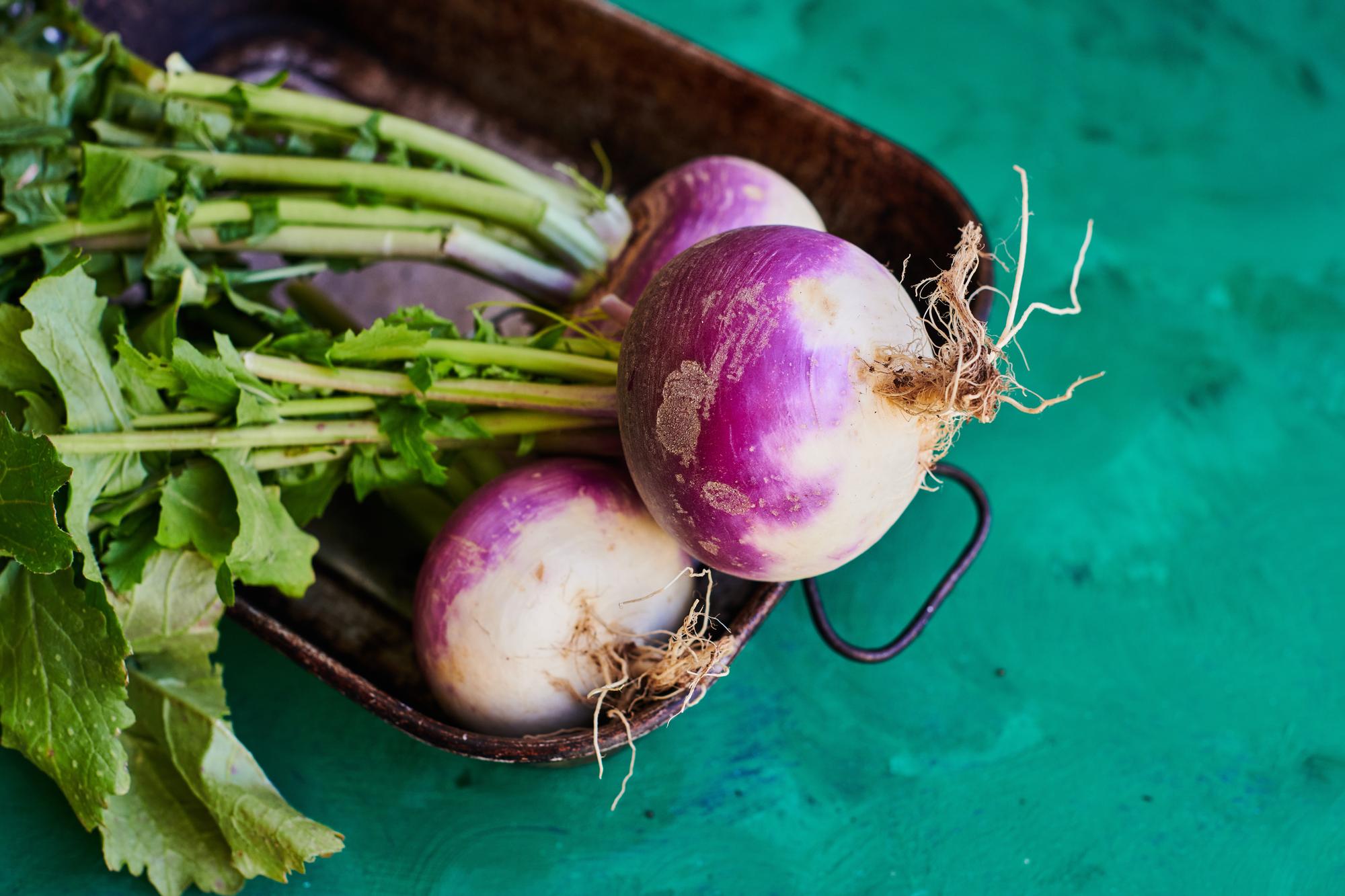
Both the roots and greens of turnips are edible, making them a versatile addition to your winter garden. Turnips prefer full sun and loose, fertile soil. They’re also relatively fast-growing, maturing in about two months.
Varieties:
‘Purple Top White Globe’ Turnip: A classic variety with a purple top and white flesh. It has a mild, sweet flavor.
‘Hakurei’ Turnip: This Japanese variety has a sweet, delicate flavor and can be eaten raw or cooked.
‘Seven Top’ Turnip: This variety is grown primarily for its greens, which have a mild, spinach-like flavor.
Peas
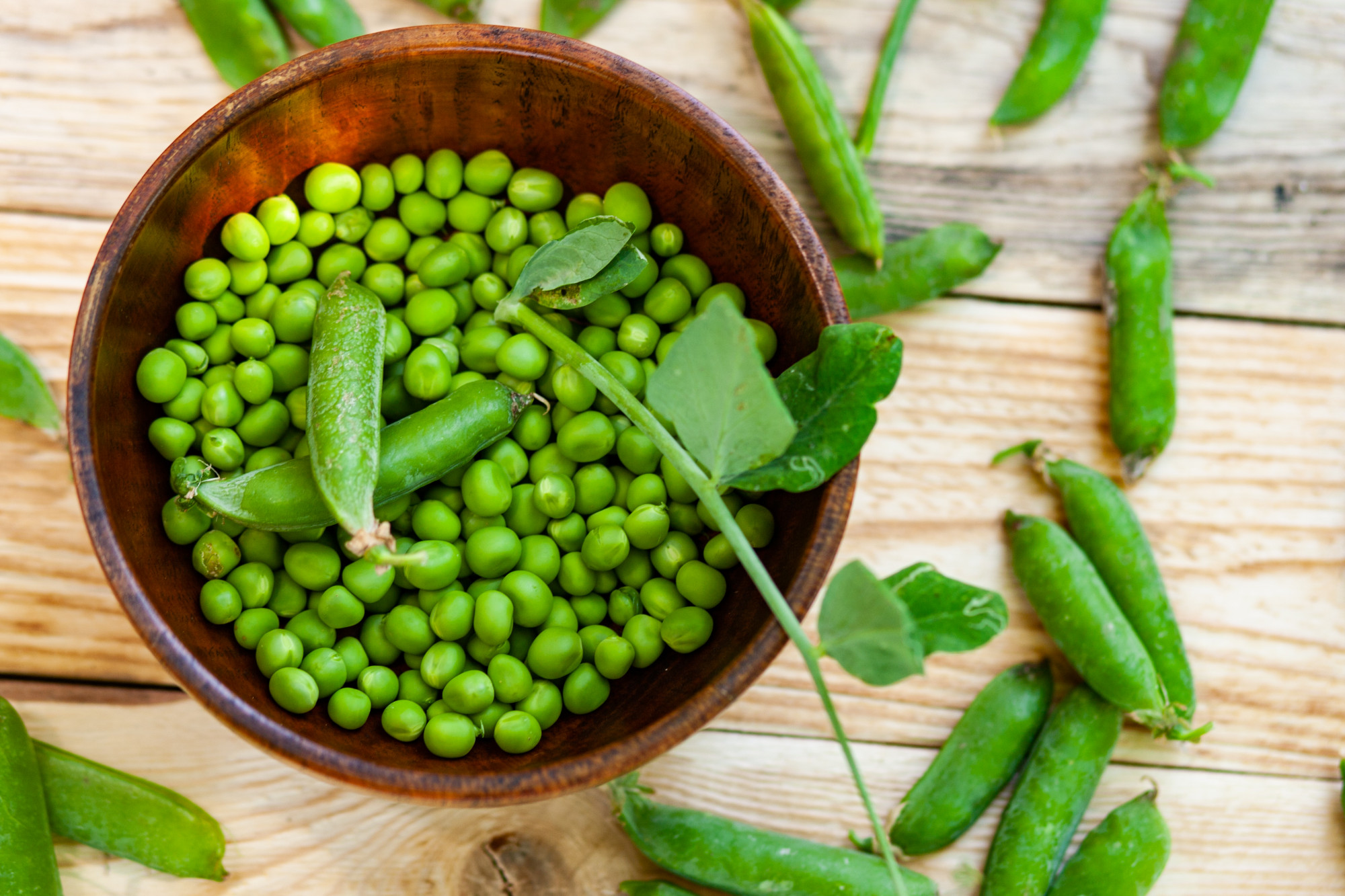
Enjoy sweet, tender peas by planting them in the fall. Choose a variety that’s specifically bred for cool weather. Peas need full sun and something to climb on, like a trellis or fence.
Varieties:
‘Oregon Sugar Pod II’ Pea: This snow pea variety is cold-tolerant and produces sweet, edible pods.
‘Wando’ Pea: This garden pea variety is heat- and cold-tolerant, making it a good choice for the Southeast.
‘Maestro’ Pea: This shelling pea variety is known for its high yields and sweet flavor.
Swiss Chard
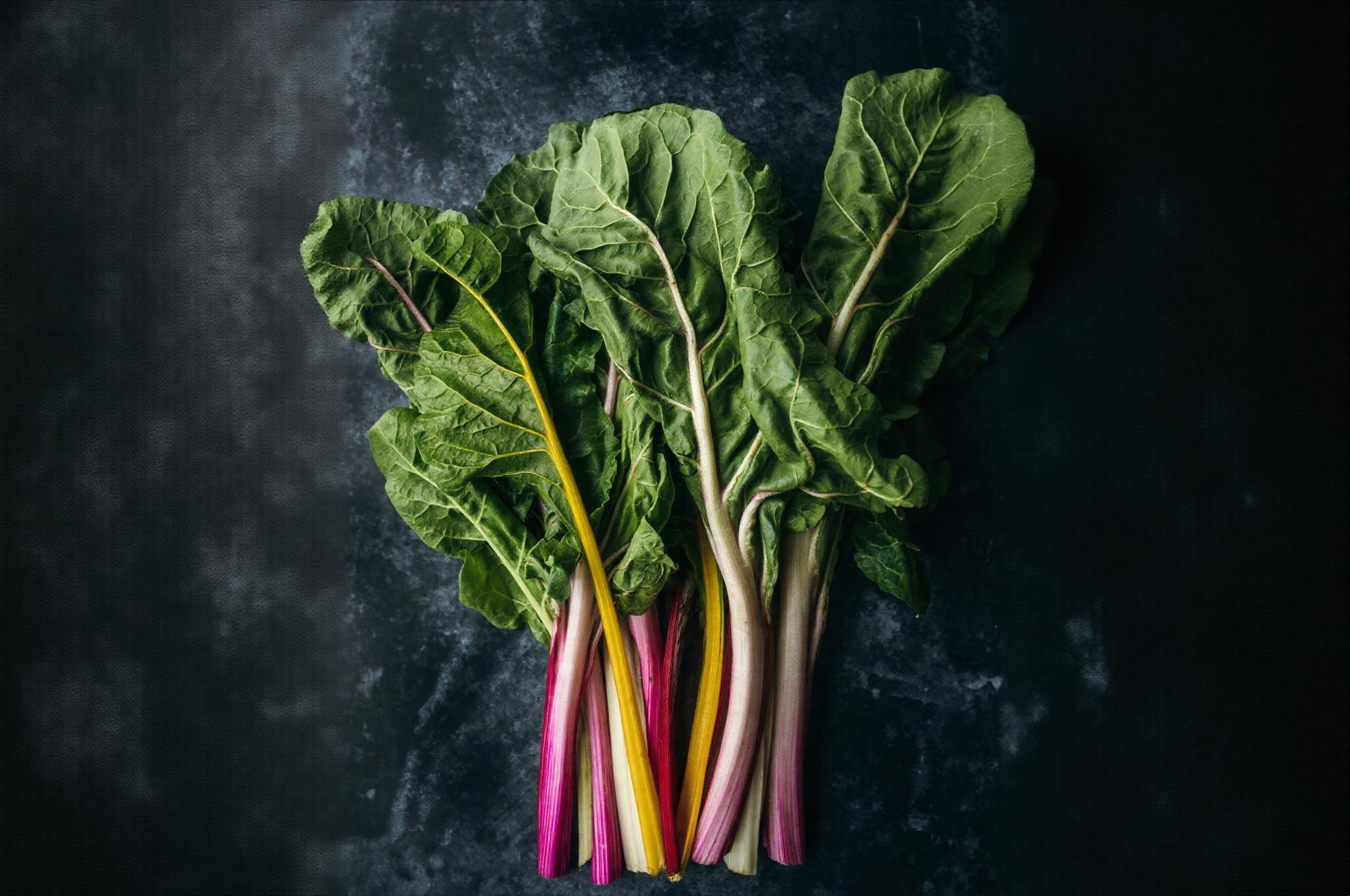
This colorful leafy green is a close relative of spinach and beets. It’s packed with vitamins and minerals and can be used in a variety of dishes. Swiss chard prefers full sun and fertile, well-drained soil.
Varieties:
‘Bright Lights’ Swiss Chard: This variety has colorful stems in shades of red, pink, orange, and yellow, making it a beautiful addition to the garden.
‘Lucullus’ Swiss Chard: This variety has white stems and dark green leaves with a slightly savoyed texture.
‘Rhubarb Chard’ Swiss Chard: This variety has red stems and green leaves with a slightly tart flavor.
Additional Tips for Winter Gardening
Even though these veggies are tough, they can still use a little extra TLC during the colder months. Here are a few tips to help your winter garden thrive:
- Frost Protection: While these veggies can handle some cold, a hard frost can still damage them. If a freeze is predicted, protect your plants by covering them with a row cover or blanket overnight.
- Water Wisely: Plants need less water in the winter, so don’t over do it. Water deeply but less frequently, and make sure the soil has good drainage to prevent soggy roots.
- Feed Your Soil: Healthy soil means healthy plants! Amend your soil with compost or other organic matter to provide nutrients and improve drainage.
- Sunlight is Key: Even in winter, most vegetables need at least 6 hours of sunlight per day. Choose a sunny spot for your garden, and be mindful of shadows cast by buildings or trees.
Ready to enjoy fresh, homegrown veggies all winter long? By planting these cold-hardy varieties now, you can extend your harvest and savor the flavors of the season. Imagine the satisfaction of serving up a salad made with ingredients you grew yourself, even in the depths of winter!
Don’t forget to download the Planter App for more winter gardening tips, tricks, and personalized advice. Happy growing!
